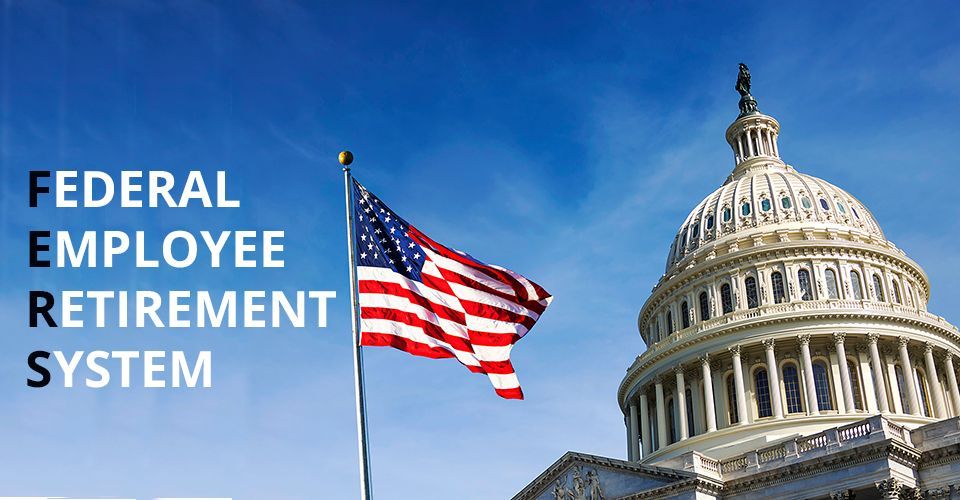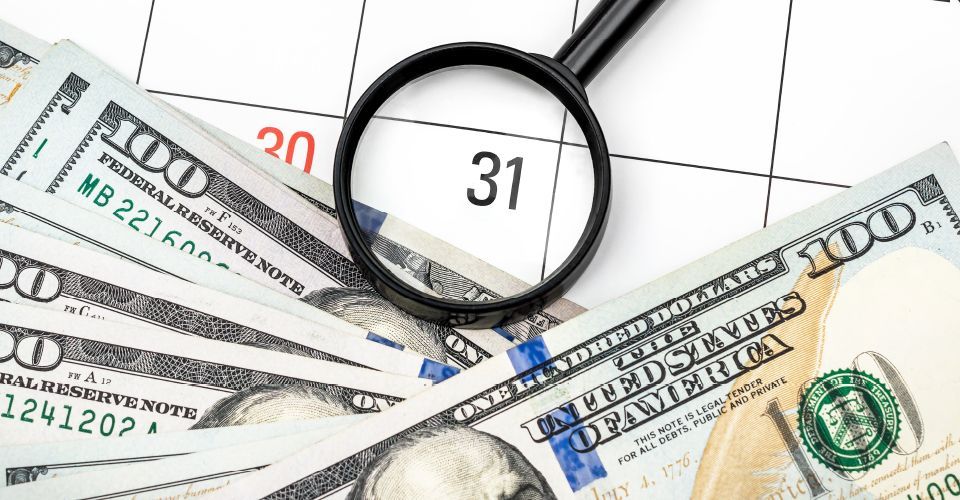
Federal Employees Face Steep Health Premium Hike in 2025
How Premium Hike Impacts Federal Employees
According to an article on Federal News Network, the 13.5% increase translates to an average of $26.10 more per biweekly paycheck for federal employees and retirees enrolled in FEHB. This sharp rise follows increases of 7.7% in 2024 and 8.7% in 2023, putting significant pressure on federal workers' budgets. According to OPM, current federal employees are likely to receive a 2% average pay raise in 2025, but that decision won't be finalized until President Biden issues an executive order, typically in December and and the meager increase will not offset rising inflation or the FEHB increase.
Factors Behind the Increase
Starting January 2025, federal employee health benefits are set to increase due to several factors, including rising prices for covered medications, expanded behavioral health care services, and a greater number of outpatient procedures. OPM attributes the premium hike to several factors:
Price increases by healthcare providers and suppliers- Increased utilization of certain prescription drugs
- Higher behavioral health spending
These industry-wide cost pressures are affecting not only FEHB but also other health insurance programs in the commercial market.
Expanding Health Coverage Increases Out-of-Pocket Cost
Earlier this year, the Centers for Medicare & Medicaid Services (CMS), operating under the U.S. Department of Health and Human Services (HHS), unveiled its finalized policies for Contract Year 2025, which optimizes plan offerings but also increases cost to federal employees. While the employee premium increase is substantial, the government's share of premiums is expected to increase by 10.01%. This is due to expanding coverage in several areas.
As a result, dental plan premiums will rise by an average of 2.97%, while vision plan premiums will see a modest increase of 0.87%. The Office of Personnel Management (OPM) provides a comprehensive rates chart on its website, detailing the actual dollar increases for each FEHB plan and enrollment type. To help mitigate out-of-pocket expenses, employees can take proactive steps such as comparing health plans, using in-network doctors, requesting generic prescriptions, and participating in the (name) FSAFEDS program. Here are some of the benefits that are increasing the cost:
- Fertility Treatment Coverage: Starting in 2025, all FEHB enrollees will have access to multiple nationwide plans offering comprehensive in vitro fertilization (IVF) coverage.
- Obesity Treatment: FEHB carriers will be required to cover at least one GLP-1 class anti-obesity drug such as Ozempic, Rybelsus, Trulicity, Victoza, and Wegovy, and two additional oral anti-obesity drugs.
- Behavioral Health: Plans will reimburse behavioral health services offered in primary care settings.
These expansions in coverage, while beneficial, contribute to the overall increase in premiums.
Vision and Dental Changes
According to information on OPM’s website, the Federal Employees Dental and Vision Insurance Program (FEDVIP) will also see changes:
- Dental plan premiums will increase by an average of 2.97%.
- Vision plan premiums will increase by an average of 0.87%.
FEHB Changes to PSHB for Postal Workers
In September 2024, OPM announced the launch of the Postal Service Health Benefits (PSHB) Program beginning 2025. The switch from the Federal Employees Health Benefits (FEHB) Program to the PSHB Program is a significant change for Postal Service employees, annuitants, and their eligible family members.
The Postal Service Health Benefits (PSHB) Program introduces several key differences compared to the Federal Employees Health Benefits (FEHB) Program. While both programs are administered by OPM, the PSHB plan year runs from January 1 to December 31 for all enrollees, unlike FEHB for employees, which begins with the first full pay period in January. Additionally, certain Medicare-eligible Postal Service annuitants and their family members must enroll in
Medicare Part B to maintain their PSHB coverage, a requirement not present in FEHB. The PSHB also features an average premium increase of 11.1% for enrollees in 2025, compared to a 13.5% increase for FEHB. Furthermore, PSHB offers 69 plan options from 30 carriers, focusing specifically on the needs of Postal Service employees and retirees while integrating more closely with Medicare.
FEHB Comparison with Other Programs
It's important to point out that the significant FEHB premium increase is not entirely unexpected, especially when compared to California health insurance programs. For example, California's insurance system, CalPERS, which covers state government employees, has announced a 10.79% average premium increase for 2025, contributing to the overall trend.
Take Action: What Federal Employees Can Do
Given the substantial increase in premiums, it's crucial for federal employees to carefully review their health insurance options during the upcoming Open Season, which runs from November 11 to December 9, 2024.
Planning to Retire Soon?
To navigate these changes and find potential savings, federal employees who are looking to retire in the next few years should consider setting up an appointment with a retirement coach from Federal Retirement Experts. These professionals can review your federal benefits package, provide a free in-depth analysis if you're over age 50, and help identify opportunities to optimize your coverage while minimizing costs. Don't let rising healthcare costs derail your financial plans – take control of your benefits today.
More Featured Articles









